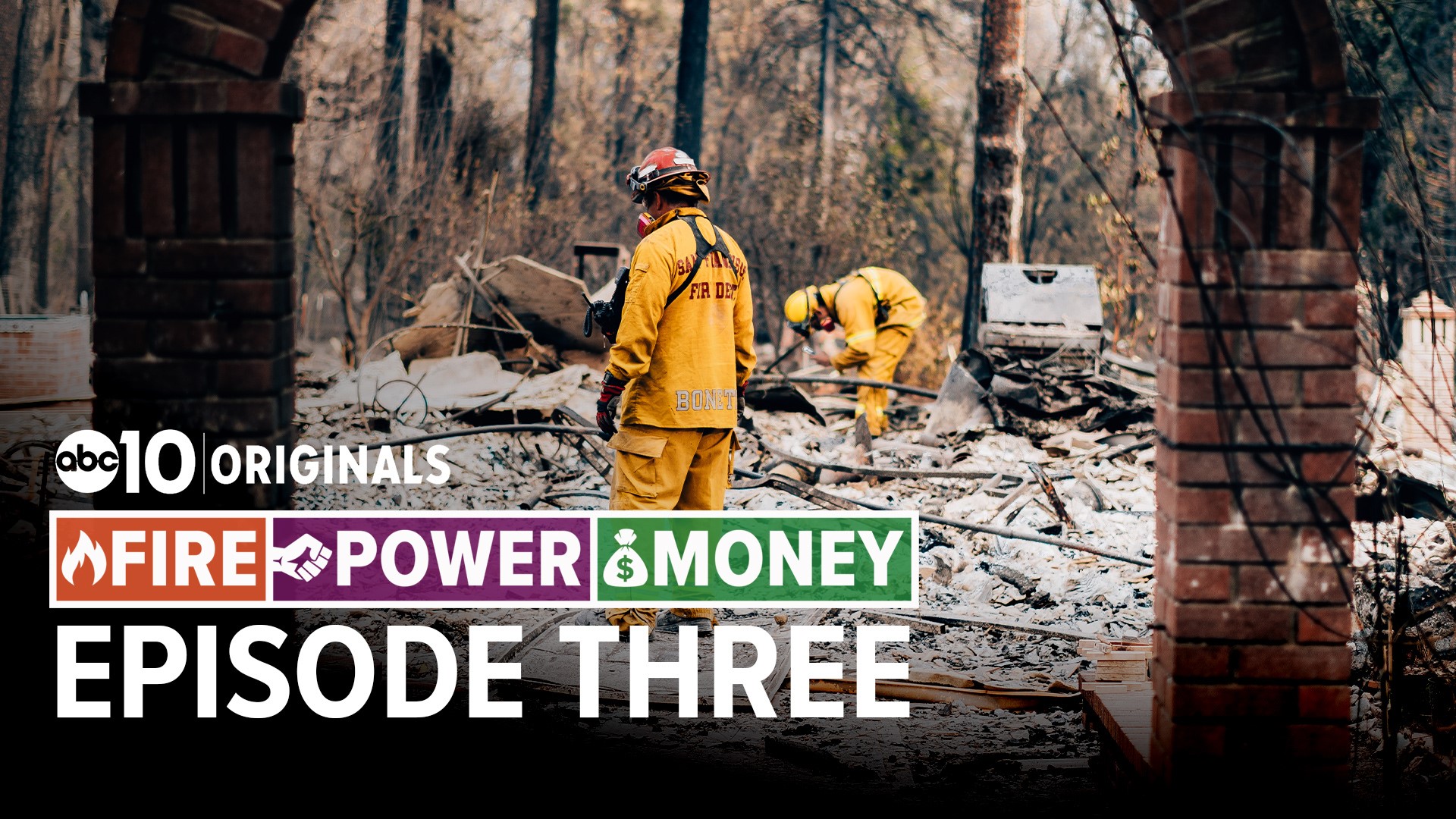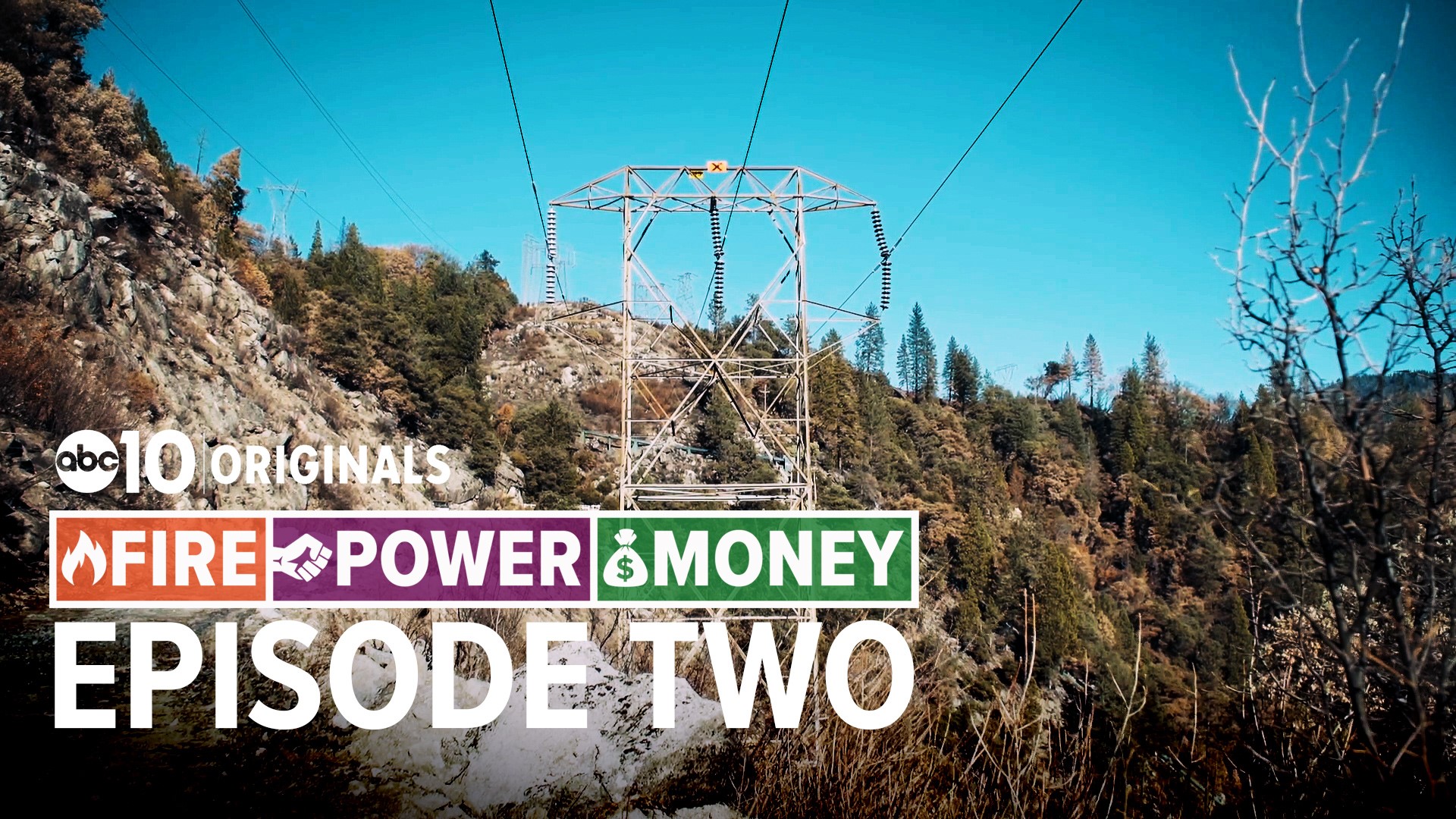CALIFORNIA, USA — Red Flag Warnings are common during the fall fire season in Northern California, but you might not know exactly what they mean.
The National Weather Service issues Red Flag Warnings to alert fire departments in the area to the possibility of critical weather and dry conditions. Fire managers are on the alert that conditions are highly unfavorable for prescribed burns and that there may be dramatic increases in wildfire activity within the next 24 hours.
This is the highest alert available, so CAL FIRE urges residents to use extreme caution during these times. A simple spark can cause a major wildfire.
Most wildfires are caused by people. Sacramento Fire Department public information officer Keith Wade explains the dangers of Red Flag Warnings when it comes to fire safety.
“Whenever it’s a Red Flag Warning, we want [people] to be cognizant and not do anything to spark a wildfire,” Wade said.
A combination of strong winds, low humidity, and warm temperatures are often the reasons behind Red Flag Warnings. Since California is in fire season from Feb. 15 – April 30 and Oct. 1 - Dec. 15, strong winds at or above 45 mph during these months are concerning. During a time of heightened fire danger, CAL FIRE places additional firefighters on duty and staffs more fire engines.
Wade recommends checking in with one of the numerous outlets that share news about weather conditions and wildfire warnings in the area. The most important thing people can do is to keep an eye out for updates.
“Stay informed and check local communication websites for updates,” Wade said.
While the fire weather warning is in effect, there are several steps that people can take to limit the danger of a wildfire and practice fire safety.
- Put the lawn mower away. Never mow or trim dry grass on a Red Flag Warning Day and never use lawn mowers on dry vegetation.
- Never leave a fire unattended. Make sure you have a campfire permit and that they are permitted wherever you are trying to build your campfire. Afterward, ensure that your campfire is properly extinguished.
- Create enough defensible space. Residents should make sure they have 100 feet of space around structures, completely clear of dead weeds, leaves and vegetation.
- Clean out your gutters. Dead leaves and needles can easily catch fire with a little dry air and a spark.
- Get your car checked. Ensure trailer chains don’t drag on the ground, have proper tire pressure to avoid driving on the wheel rim and never let your brake pads wear too thin.
- Make sure cigarette butts are properly extinguished. Do not put out cigarettes in dry grass or vegetation.
- Practice gun safety. Target shoot only in approved areas, use lead ammunition only, and never shoot at any metal targets.
- See something, say something. Report any suspicious activities or unattended fires to prevent arson.
Families should also prepare for worst-case scenarios or the event of an evacuation. For starters, CAL FIRE recommends coming up with a Wildfire Action Plan.
What does a Wildfire Action Plan look like?
A Wildfire Action Plan should include a designated meeting place outside of the hazardous areas, various escape routes from your home and community, an evacuation plan for pets and large animals, and a designated person who can act as a point of contact for everyone in your family in case of an emergency.
“Number one, prepare with your family, have a plan,” Wade said. “For post-evacuation, it is important knowing your community’s plan and being involved in your community.”
Certain communities often have specific problems related to wildfire safety, and residents should be aware of these issues as they could affect the evacuation process.
For instance, according to Sacramento Ready, an evacuation preparedness website for Sacramento, “A major concern in the urbanized area is the American River Parkway that adjoins the American River [...] through heavily urbanized area to the Sacramento River. One of the major firefighting problems in the parkway is the lack of access for firefighting equipment. Parts of the parkway can only be accessed by helicopters, boats and hand crews. Once a fire starts in the parkway, the structures next to the parkway become part of the fire problem.”
FOR THE LATEST ON CALIFORNIA'S WILDFIRES, DOWNLOAD THE ABC10 APP:
►Stay In the Know! Sign up now for ABC10's Daily Blend Newsletter
The deadliest fire in California history was started by the Pacific Gas and Electric Company (PG&E), the nation’s largest electric utility. PG&E enjoys a state-sanctioned monopoly that never expires, despite the fact that PG&E, the company, is a convicted federal felon.




